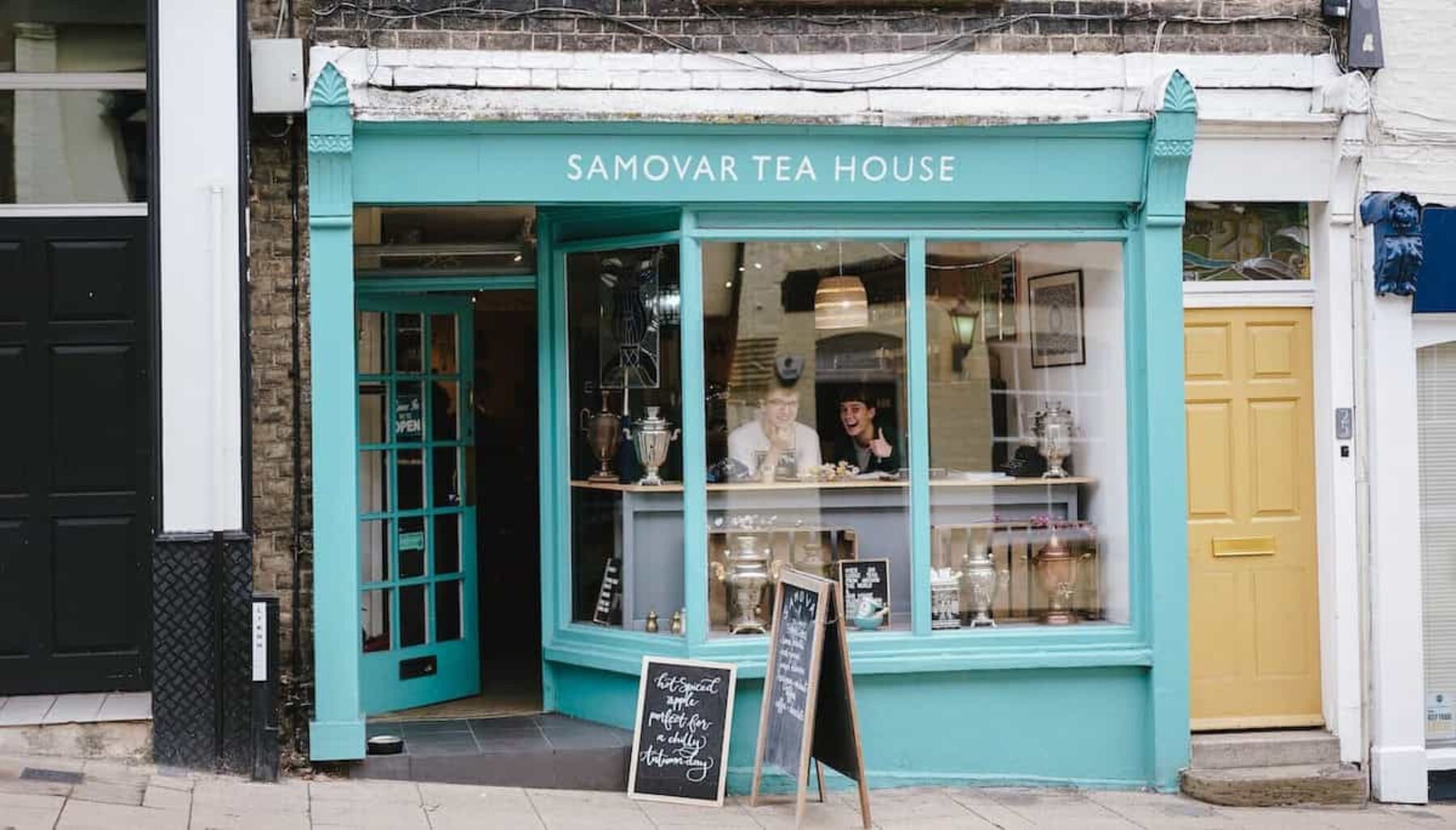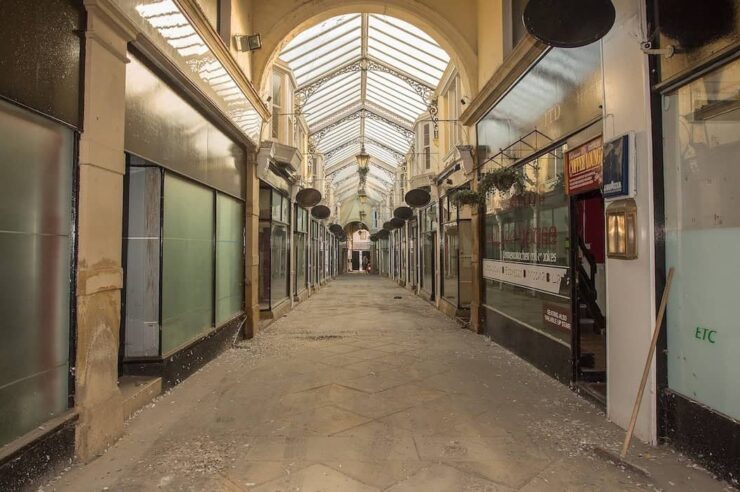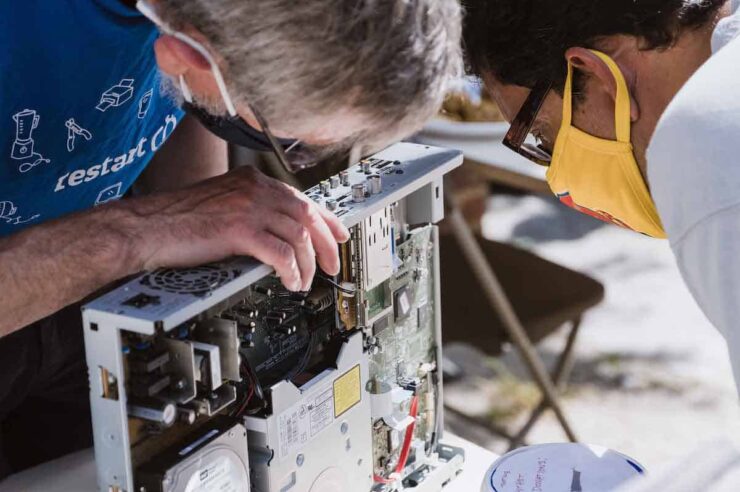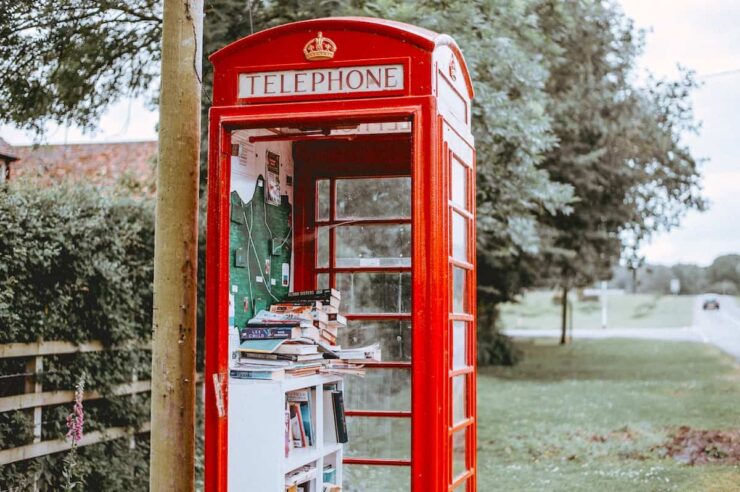The exodus of big retailers from towns and cities doesn’t mean the end of the high street. In fact, it presents an opportunity. Here are 10 ways to hasten the revival
As another retail giant collapses into administration, many people are asking: what can be done to save the UK’s ailing high streets?
Wilko, the homeware chain with more than 400 shops nationwide, is the latest retailer to call in the administrators, putting 12,000 jobs at risk and raising the prospect of many more empty shops in town and city centres.
But there is cause for hope. In other abandoned retail units across the country, new ideas are taking root. In Poole, Dorset, the landlords of one deserted parade offered free rent to independent businesses, a move that has revived a part of the town that was dead.
Here are 10 more ideas that could help kickstart the revival:

There are just too many shops, say many experts – 30 per cent too many, according to some. But thinning them out needn’t spell doom and gloom. What’s needed are complementary ideas.
In Wandsworth, south-west London, a former Debenhams site is being transformed into an entertainment centre featuring go-karting and live music. On Oxford Street in central London, a former BHS site is being turned into the UK’s largest food hall, timed to coincide with the street’s pedestrianisation.
Shared workspaces, makerspaces, kids’ play spaces, ‘public living rooms’ plus residential projects and hotels – as long as they meet local needs – are other options.
Image: Anton Mislawsky

Fixing factories and repair cafes are among the enterprises taking over abandoned retail units in UK towns and cities. The trend chimes with the recommendations from a 2021 PwC report, which said: “With so much uncertainty still ahead, now is the time to experiment, try different things – pop-up shops, markets, repair cafe – and think about how assets might be recycled or reused in future.”
Image: The Restart Project/Mark Phillips

Retail guru Mary Portas forecasts huge growth in what she calls “the kindness economy” – shops and businesses that somehow contribute with “decency” to making life better.
“We’re looking at a whole new generation who aren’t going to prop up the likes of Philip Green any more,” she told the Guardian. “They’re not supporting businesses who don’t prioritise people or the planet. There is a new value system at play.”
In practice? We’re talking shops that go beyond the purely transactional: providing excellent service, expert knowledge or spaces where people can get together. Like the UK’s resurgent bookshops, which are a plot twist nobody saw coming
Image: John Michael Thomson
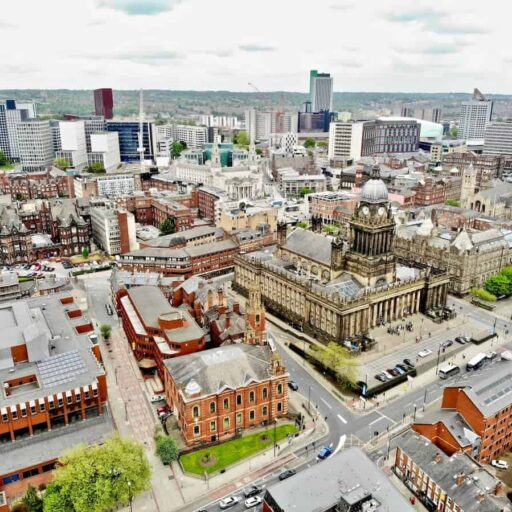
Converting vacant shops into homes may sound the alarm bells of gentrification to some, but others see repopulating town centres as a pragmatic solution to the housing and high streets crises alike.
The Create Streets thinktank, for example, advises communities, landowners, councils and developers on creating “beautiful, sustainable places of gentle density”.
Rules introduced in September 2020 mean it’s now possible to convert commercial properties into homes without planning permission.
Image: Benjamin Elliott

“Over the course of the pandemic, there has been a resurgence of community spirit, a renewed connection with local areas and very little desire to return to habits of old,” writes Nick Plumb, policy manager at independent trust Power to Change.
He and colleagues predict that community access and ownership of key buildings on the UK’s high streets may be pivotal to their survival. Their stats suggest that community-owned shops have a 94-per-cent survival rate and a massive 56p of every £1 spent in a cooperative space is pumped back into the local economy.
Some suggest introducing community right-to-buy laws to force unused or neglected properties back on to the market, where they can be bought by community trusts.
Image: Mike Petrucci

“We need to rethink our towns and high streets so they are healthier, greener places – and primarily about people,” writes Bill Grimsey, the former chief executive of Iceland and Wickes, and author of a major recent high streets review.
He points to global efforts, from Athens (pictured) to Seattle, to liberate public space from cars and redesign them in favour of cyclists and pedestrians. Studies have shown that cyclists and pedestrians spend more money down high streets than motorists.
Closer to home, greening efforts have been shown to pay off: the creation of Sheffield Peace Gardens has reportedly upped shopping visits by 35 per cent, increasing spending by £4.2m.
In Piccadilly, Stoke-on-Trent, a £10m investment to make the area more pedestrian-friendly led to 30 per cent more footfall. Tree-lined streets, living walls and vertical gardens could all have a place.
Image: Despina Galani

Is today the age of the entrepreneur? Though it made trading undeniably tough, research by University of London suggests that Covid also triggered a UK startup boom: more than 400,000 were formed in 2020 alone: barbers, beauty salons, grocers and ice cream parlours among them.
Passionate, independent traders are breathing life into empty spaces and derelict buildings. And PwC research suggests there is a will to keep them afloat: when asked what they’d choose for their high streets, survey respondents (63 per cent) were most enthusiastic about independent shops and restaurants.
Image: Karsten Winegeart
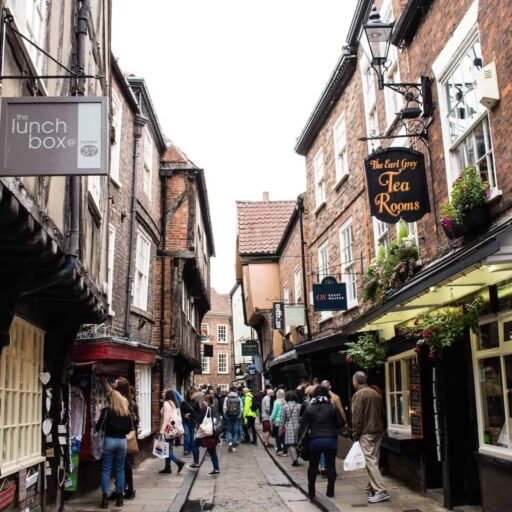
“The people of Hartlepool or Oldham understand the needs of their local high streets far better than a civil servant in Whitehall,” reads a report by Power to Change. And as PwC puts it: “What works in Harrogate won’t work in Hull”.
They’re just two reports among a pile of research that underscores the need for specific and local responses. Planners must take into account all sorts of environmental and social factors beyond short-term indicators like footfall and vacancy rates. Local leaders must tap into their communities to find out what locals really want from their high streets and town centres, as well as engage them in determining how spaces are used.
Image: Kirsten Drew
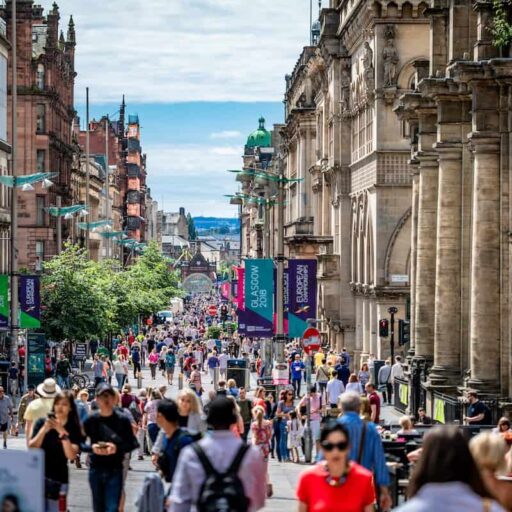
Experts seem to agree that the relationship between businesses and landlords needs to change, fast, with rental systems becoming more flexible.
Retailers including All Saints and New Look are already renegotiating their lease terms to push for “turnover-based rents” to reflect the takings of individual stores. “Leases are too long, too unyielding,” says retail expert Mark Pilkington.
He’s among a chorus of voices calling for an online tax – the money raised would fund a reduction in business rates for bricks and mortar retails, and the government has recently issued a consultation paper on the topic. Pilkington also urges local authorities to make parking “free and readily available”.
Image: Artur Kraft

No doubt the beast of online shopping has been devastating to UK high streets, but there’s potential for “creative and judicious” use of digital technologies to be part of the cure, believe some.
Most UK shoppers still prefer to buy things in a physical shop, because they want to receive their products immediately, research shows. However, a study by eBay and YouGov found that a quarter of small UK retailers lack an online presence.
There’s clear opportunity here: closing the digital gap could generate millions in extra sales revenue each year.
Image: Angelo Moleele
Main image: Phil Hearing
This article is part of our ‘reinventing the high street’ series.
Help us continue to break the bad news bias
Positive News is helping more people than ever to get a balanced view of the world – one that supports their wellbeing and empowers them to make a difference towards a better future. And as our audience and impact grows, we’re showing the rest of the media that good news matters.
But the UK’s cost of living crisis is hitting us hard, with fewer people able to commit to a magazine subscription – which has traditionally been our main source of funding. Plus, paper and printing costs keep rising.
We don’t want to put a paywall on our website, because we believe everyone should have the chance to benefit from good news. But we won’t be able to continue funding our online reporting without your help.
If you value what we do and can afford to, please consider making a small, regular contribution as a Positive News supporter. We need 1,000 readers to contribute just £3 per month to get us through this challenging time.
And remember, as a not-for-profit, we work only in service to you, and all funds go towards our journalism.
